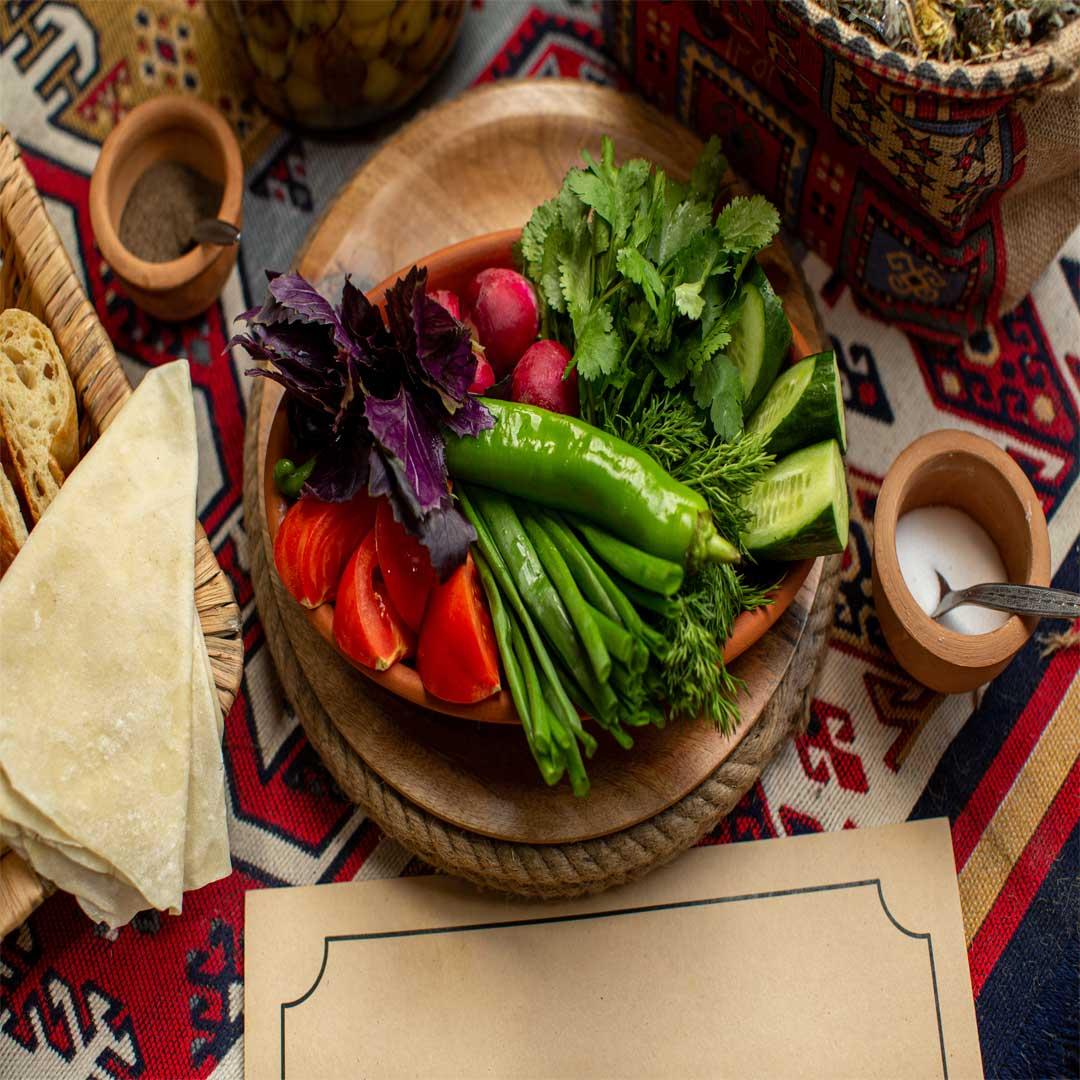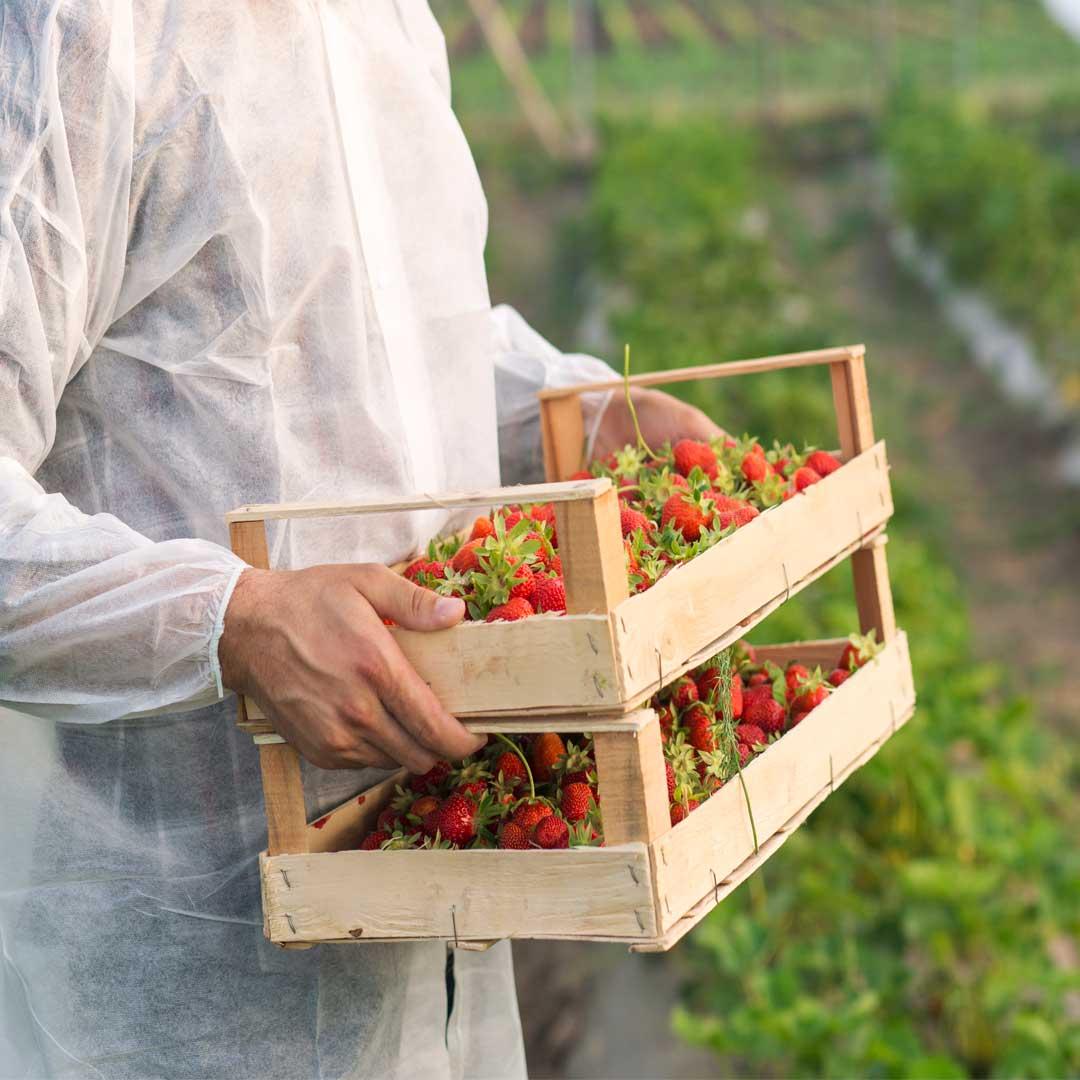France is a major EU market with high demand for premium, natural, and exotic foods. Iran exports pistachios, saffron, d...
Iran's Olive Legacy: Navigating the World of Wholesale Olive Trade on Abrisham Road B2B Platform 🥦🌍
Introduction:
Delve into the rich agriculturaltapestry of Iran, where the cultivation of olives, a luscious and delectable fruit, has thrived for centuries. While olives are most commonly associated with the Eastern Mediterranean region, their cultivation has extended to the northern regions of Iran and Iraq, gaining recognition for both nutritional value and medicinal benefits. Abrisham Road's B2B online platform emerges as a key player in connecting global buyers and sellers in the wholesale olive trade. 🌱✨
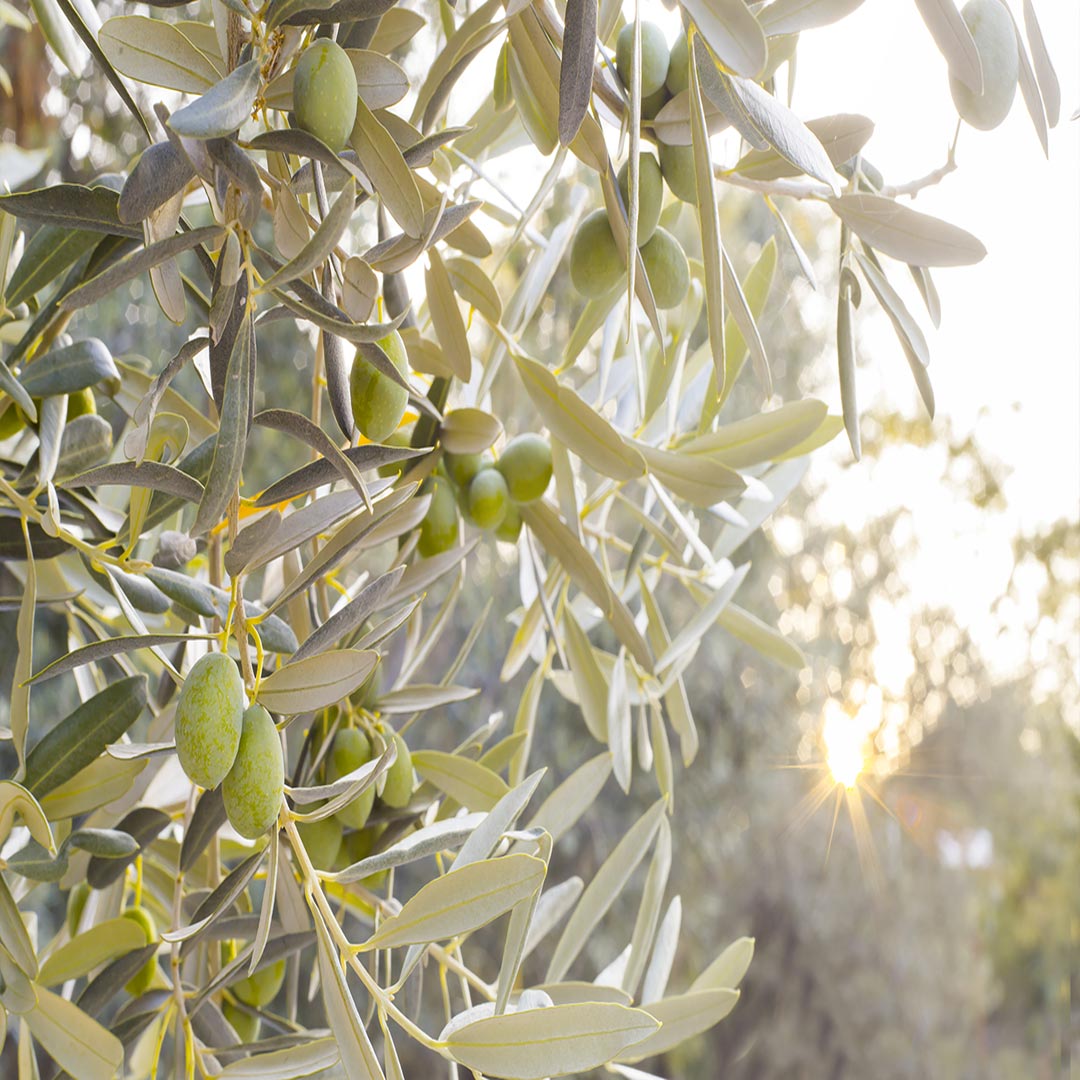
Botanical Background:
Scientifically known as Olea europaea, olives belong to a family of approximately 20 small trees, widely distributed across the ancient Mediterranean, North Africa, Southeast Asia, and beyond. Always adorned with small, simple leaves facing each other, olive trees remain evergreen, and their fruit, a drupe, holds significant cultural and historical importance. 🌿🍈
Historical Roots:
Though previously believed to have an 800-year history in the Rudbar region, recent archaeological discoveries in the ancient hill of Chlorz-e Rustamabad suggest olive cultivation dates back over two millennia. Notably mentioned by Naser Khosrow in his travelogue, olives were documented in regions such as Manjil and Rudbar. The first observation of this tree was in Aliabad Gorgan. Olive trees were also spotted in Kerman, Sistan and Baluchestan, and Fars, leaving remnants across the Zagros range, from Qasr-e Shirin to Darab. 🏛️🕰️
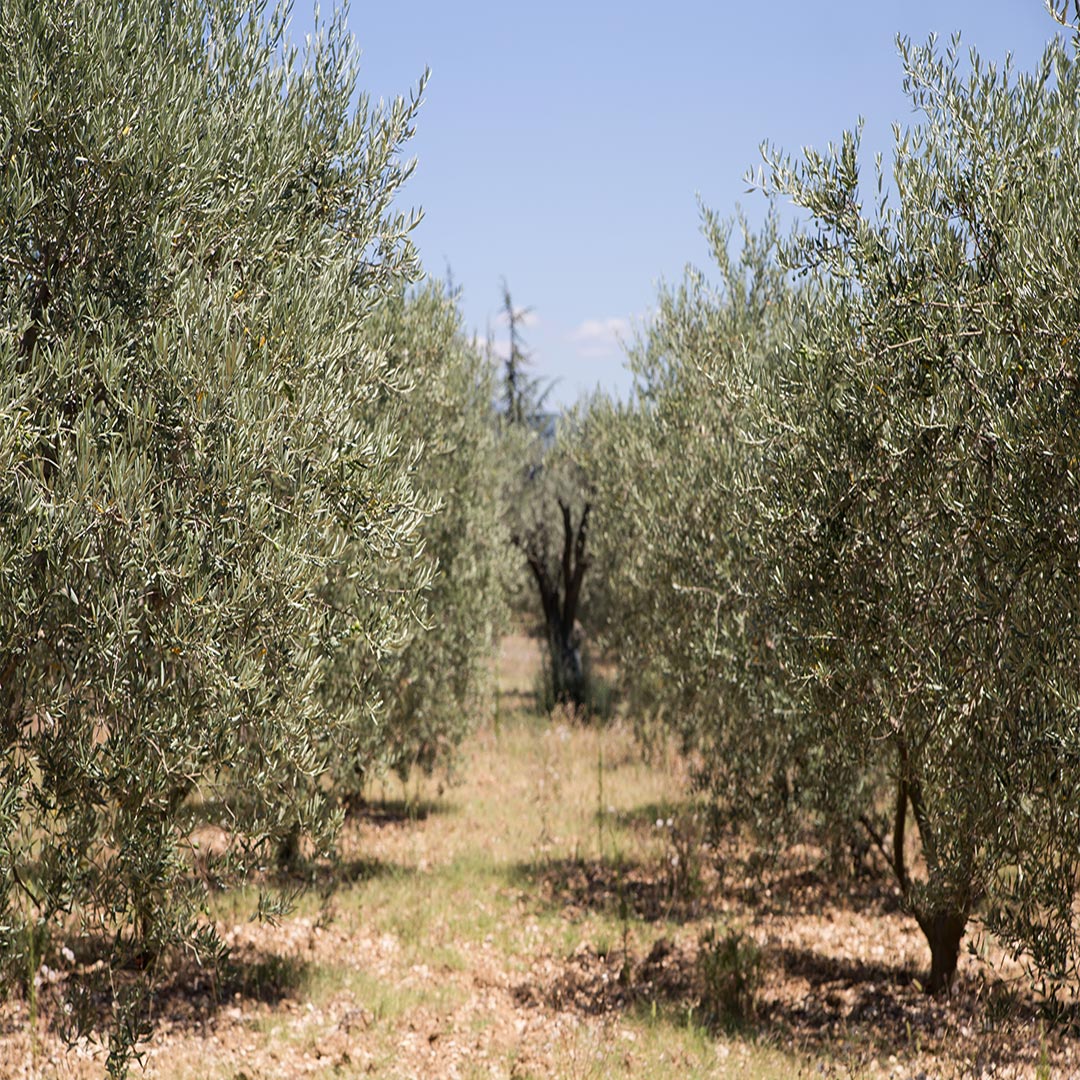
Cultivation and Entry to Iran:
Details about the cultivation practices and whether olives were introduced by humans or grew wild are not precisely known. Olives were initially observed in Aliabad Gorgan, with individual trees in Kerman, Sistan and Baluchestan, and Fars. The origin of olive entry into Iran remains elusive, with some attributing it to Arab or Greek influence. Others believe olives were brought by Syrian refugees or during the Greek dominance in Iran. Notably, olive trees faced levies during the reign of the Sasanian king Khosrow Anushiravan, suggesting their presence in Khuzestan during that era.🌍🌳
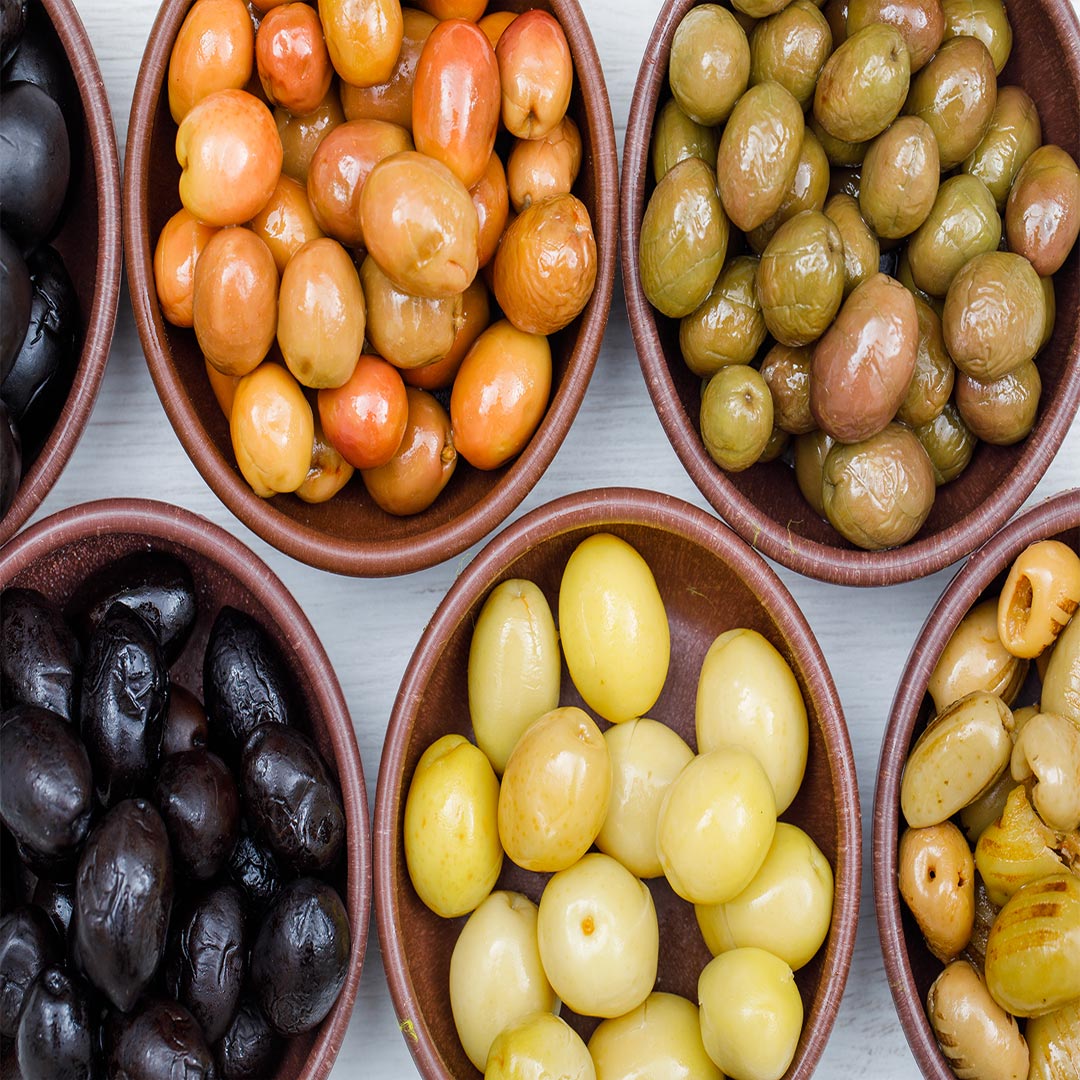
Historical Significance:
The presence of ancient olive trees and historical artifacts indicates the olive tree's existence in ancient times. While the specific use of olives in the past is unclear, their cultivation was widespread, especially in southern Iran, until foreign invasions and the Mongol onslaught. After these tumultuous times, olive cultivation seemingly became concentrated in Gilan, as noted by Naser Khosrow in his travelogue. As we navigate the olive-laden history of Iran, Abrisham Road's B2Bonline platform emerges as a modern hub, facilitating wholesale transactions and connecting buyers and sellers in the global olive trade. 🛣️🛒

